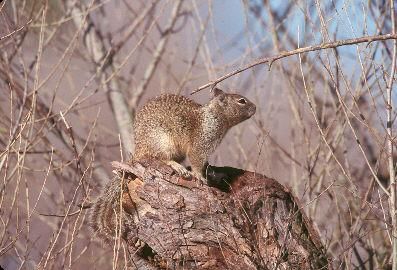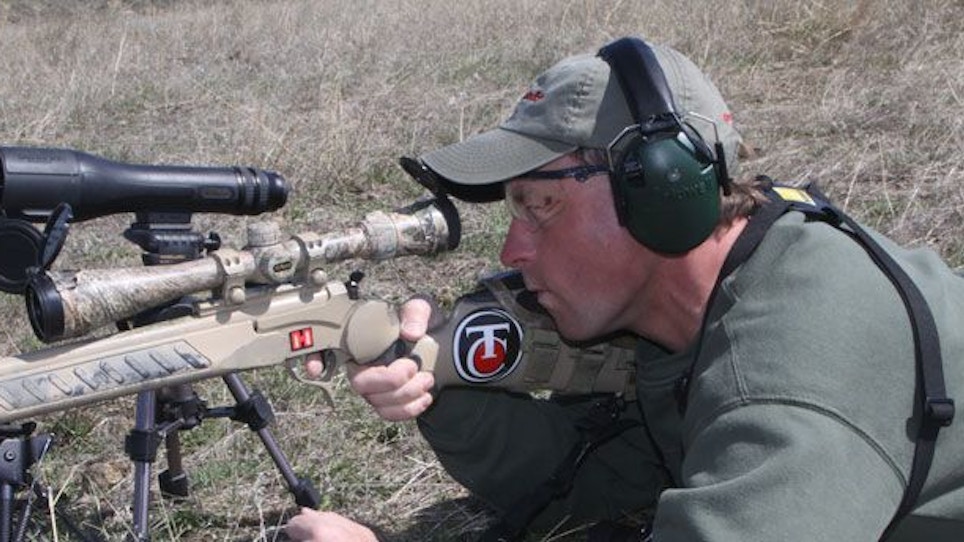Some of the best varmint hunting of the year lies ahead and it’s time to begin marking your calendar so you don’t miss it. Fur season may be over, but the time for small-stuff hunting is about to explode.
Rodent populations such as ground squirrels, prairie dogs, woodchucks and other ground-hugging varmints are in the middle of bringing a new batch of young rodents into the world. Take advantage of the boom in rodent and varmint populations for your hunting expeditions.
Woodchucks
Woodchucks are the granddaddy of rodents weighing in at up to 14 pounds and stretching just shy of three feet in length. Being a large rodent these bubbas can eat a lot and farmers notice.
A family of woodchucks can mow down crops and graze on hay pastures, plus gnaw on any prize gardens that weekend green-thumb veterans may be tending.
Woodchucks breed in late February and March. They give birth to four or five young, and keep them underground until May or early June. That’s when you want to mark your calendar for the best woodchuck adventures of the season. Be respectful of landowners, but offer to handle their woodchuck problems with precision and responsibility.
Black-Tailed Prairie Dogs
This beady–eyed rodent swarms the Great Plains’ states of South Dakota, Wyoming, Montana and parts of several other grassland states. For sheer numbers it’s tough to pass on this rodent buffet, but like the woodchuck you don’t want to rush your window of opportunity.
A colony of prairie dogs may exceed several hundred individuals, but the spring boom comes about when young-of-the-year emerge from dens for their first look at the world. Be waiting with a case of Hornday Superformance Varmint ammunition. Prairie dog breeding takes place in February and March with kits born in April and early May.
Mark your calendar for late May and early June to get in on the highest densities of the season. As with woodchucks, landowners often invite shooters on their land to curtail the growth of prairie dog colonies. Ask politely and offer to return permission access with some chores, or a night out for a steak dinner.
Richardson Ground Squirrel
Northern varmint shooters don’t have to feel left out as they have the abundant Richardson ground squirrel to target. Hotbeds of shooting include Montana and North Dakota. In high density areas it’s not uncommon for pastures to support up to 20 ground squirrels per acre of land.
Young are born in April and early May, but curb your enthusiasm as the best shooting is yet to come. Mark your calendar for a late May and early June. This is the when young begin to explore the world around them. Richardson parents generally have six to eight young that seldom wander farther than 75 yards in any direction from the den.
For the best shooting follow your GPS to the end of the road. Rural residents enjoy a friendly discussion with a visitor, especially if they live a long way from town.
 California Ground Squirrel
California Ground Squirrel
This widespread rodent lives throughout most of California and into Oregon, and Washington. It too is an irritant for landowners, but also a hunting thrill for varmint buffs wanting to give farmers a helping hand.
This beefy ground squirrel may weigh more than two pounds and stretch up to 18 inches. They live in colonies like prairie dogs and inhabit low- and medium-elevation grassland habitats. They breed once a year and in southern California it occurs in December, and in other areas through April. That stated, plan and mark your calendars accordingly. In the southern range you could begin shooting as early as late February and in northern areas the best shooting will coincide with the month of June.
Don’t miss out on this target-rich environment and the opportunity to help a landowner with a rodent-rich problem. Mark your calendars now for a future varmint boom.
Varmint Hunters Association Outfitters






